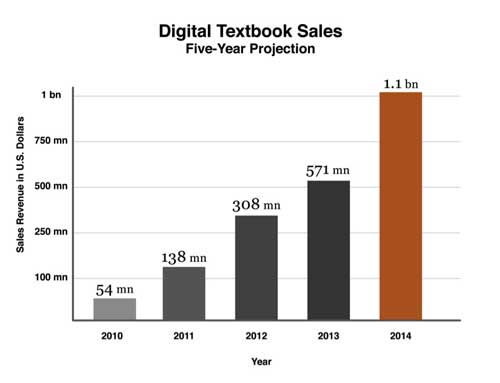“This is a paradigm-shifting moment for higher ed,” says 2U CEO Chip Paucek. “You have to be intentional about it. You can do something that’s great, that students love, that’s totally engaging, and that also creates the right long-term outcome for the student. But you have to flip the classroom. Then when you go to class you’re in a really robust discussion with your fellow classmates, with your instructor, you are learning at a deeper level.”
Chip Paucek, co-founder and CEO of 2U, discusses how the pandemic has led to a paradigm shift to engaging high-quality online learning for higher education:
The Whole Flipped Classroom Notion Is Key To Our Success
We started the company twelve years ago. We’ve been doing this much longer than what most schools have done online learning. I would say doing online learning well is not only possible it’s very obvious. Not only does it not have to be worse than campus instruction, something the President just said, it actually could be better. I think we’ve proven it over 12 years. You have to be intentional about it. When you do you can do something that’s great, that students love, that’s totally engaging, and that also creates the right long-term outcome for the student. But you have to flip the classroom.
You have to actually give students high-quality content for them to consume on their own time. A single 2U course has more video content than a season of Game of Thrones. Then when you go to class you’re in a really robust discussion with your fellow classmates, with your instructor, learning at a deeper level. That whole flipped classroom notion has been key to our success. We just passed 225,000 students so we’re doing this at a scale that most people haven’t. We hit 800,000 live classes inception to date.
The Great Institutions Have Embraced Online Learning
We build a comprehensive program for a university partner that incorporates high-quality video content, interactive content, and a lot of readings. Books are still really good by the way. When you get the student from the interactive lesson into their live class it’s not just 90 minutes having somebody talk to you. You’re actually fully engaged from a pedagogy standpoint. You need to engage students. Then it’s not just when class ends you have to support students and bring them together in a way that is very possible online.
We did a survey with Gallup that showed 92 percent of our students said they would do it all over again. Honestly, this isn’t new. I feel like we’re all sitting here talking about it as if we all just discovered the internet. I started the company 12 years ago and you can really do something great if you just put your will towards it. We’ve got great schools from all over the world including Yale, Harvard, Syracuse, and Berkeley. They’re great institutions that have embraced it and are doing it really really well.
We Just Experienced A Forced Wave Of Remote Instruction
What we all just experienced in the spring was sort of a forced wave of remote instruction that wasn’t very good but that doesn’t mean that it can’t be great. You really can do something great right if you put your mind to it. It takes real resources and that’s one of the things we’re advising our schools is to invest in high-quality online and really do something great for your students on a go-forward basis.
It’s not easy to do this. I feel like the schools are in a real bind. None of us expected the NBA to have to cancel all of its games. Nobody’s been through this before. I feel like people that are continually dinging higher-ed forget that this is the single best path of social mobility on the planet. I got a Pell Grant to attend George Washington and it completely changed my life. So it’s not easy but it can be done.
This Is A Paradigm-Shifting Moment For Higher Ed
Take our Simmons University arrangement which we announced a couple of months ago, we’re bringing them fully online for the fall, every single course, all 300 courses, and then offering that program to the world in a fully online version that’ll be at about 50 percent of the campus price.
Also, take our Amherst relationship. Amherst College we just announced last week is going online. Think about the prestige of that great liberal arts institution going online. This is a paradigm-shifting moment for higher ed. There is no doubt. You’re going to need to do it if you’re a university president or a provost. We’ve spoken to more university presidents and provost’s in the last four months than we had in our previous 12 years.


